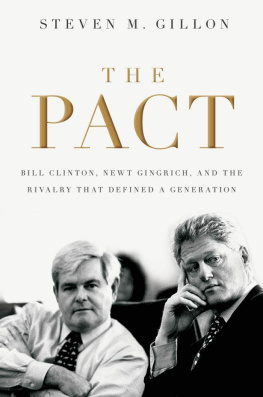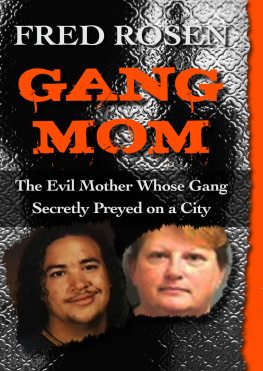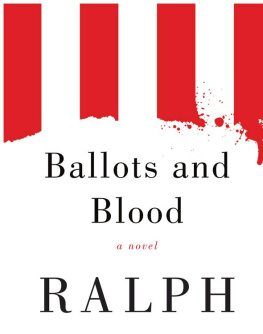Nina J. Easton - Gang of Five: Leaders at the Center of the Conservative Crusade
Here you can read online Nina J. Easton - Gang of Five: Leaders at the Center of the Conservative Crusade full text of the book (entire story) in english for free. Download pdf and epub, get meaning, cover and reviews about this ebook. year: 2001, publisher: Simon & Schuster, genre: Politics. Description of the work, (preface) as well as reviews are available. Best literature library LitArk.com created for fans of good reading and offers a wide selection of genres:
Romance novel
Science fiction
Adventure
Detective
Science
History
Home and family
Prose
Art
Politics
Computer
Non-fiction
Religion
Business
Children
Humor
Choose a favorite category and find really read worthwhile books. Enjoy immersion in the world of imagination, feel the emotions of the characters or learn something new for yourself, make an fascinating discovery.
- Book:Gang of Five: Leaders at the Center of the Conservative Crusade
- Author:
- Publisher:Simon & Schuster
- Genre:
- Year:2001
- Rating:3 / 5
- Favourites:Add to favourites
- Your mark:
Gang of Five: Leaders at the Center of the Conservative Crusade: summary, description and annotation
We offer to read an annotation, description, summary or preface (depends on what the author of the book "Gang of Five: Leaders at the Center of the Conservative Crusade" wrote himself). If you haven't found the necessary information about the book — write in the comments, we will try to find it.
In Gang of Five, bestselling author Nina J. Easton adds an important element to the history of American politics in the last thirty years. This is the story of the other, less well known segment of the baby-boom generation. These are young conservative activists who arrived on campus in the 1970s in rebellion against everything sixties and went on to overturn the political dynamics of the country in the 1980s and 1990s. Theyve been waging what Newt Gingrich called a war without blood for three decades. Gang of Five portrays the intertwining careers of five major figures:
BILL KRISTOL, the Harvard-educated elitist and publisher of the Weekly Standard, is the liberal establishments worst nightmare -- a witty, erudite Rightist who was a leading force behind the demise of the Clinton health care plan, the historic reform of welfare, and the decision of House Republicans to impeach the president.
RALPH REED, the hardball politico who helped turn an organization called the College Republicans into a kind of communist cell of the Right, in the 1990s tried to give the Religious Right a softer face as leader of the Christian Coalition but was thwarted by his thirst for power and the narrow fundamentalism of his activist followers.
CLINT BOLICK, a leading force in the spread of school choice programs and the anti-affirmative action strategist who sank Lani Guiniers appointment, is the idealist who seeks to convince civil rights leaders that his legal work on behalf of disadvantaged minorities is sincere and that liberal programs hurt the people they are meant to help.
GROVER NORQUIST, the market Leninist who divides the world into good and evil, is at the hub of Hillary Clintons vast right-wing conspiracy and is the architect of a no-new-taxes pledge signed by all major Republican candidates in the 1990s.
DAVID MCINTOSH, the policy wonk who took the movements war on Washington to Congress as leader of the House Republican freshmen during the Gingrich Revolution, pushed his party toward confrontation with the White House and is now running for governor in Indiana.
In contrast to earlier generations of conservatives, these leaders and their allies tasted success, first with Ronald Reagans twin victories in the 1980s and then, in the 1990s, with the Republican capture of Congress. They play to win and have had a hand in every major insurrection from the Right over the past two decades -- from abortion politics to government shutdowns to political muckracking. No politician can ignore their agenda or escape the new hardball rules theyve written for national politics.
Nina J. Easton: author's other books
Who wrote Gang of Five: Leaders at the Center of the Conservative Crusade? Find out the surname, the name of the author of the book and a list of all author's works by series.










